Transit of Mercury over sun on May 9
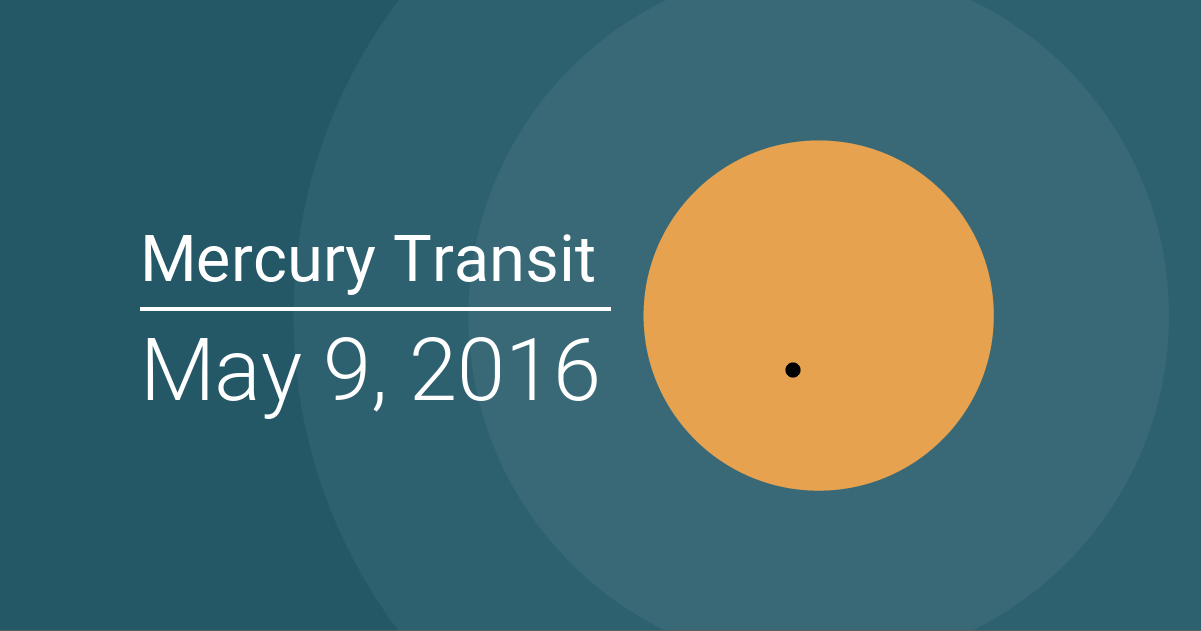
A transit of Mercury over the disc of the sun
will take place in the afternoon of May 9 and will be visible from India after
a gap of about ten years.
The transit of Mercury is a phenomenon in which the planet will be seen as a small black dot travelling from one end of the solar disc to the other, according to Sanjib Sen, Director, Positional Astronomy Centre.
This phenomenon is seen when mercury passes between the sun and the earth and it happens only when the three are lined up, Sen said. Mercury appears as a dot on the solar disc because its angular size is very small compared to that of the sun as seen from earth.
Sen said the transit of mercury will be visible from most of Asia (except south eastern parts and Japan), Europe, Africa, Greenland, South America, North America, Arctic, North Atlantic Ocean and most of the Pacific Ocean.
The transit will be visible in India after ten years and the next it will be visible in the country after a long gap of 16 years in 2032, he said. The transit of Mercury begins with contact-I, the instant when the disc of Mercury is externally tangent with the sun (ingress exterior) followed by contact-II, when Mercury is internally tangent with the Sun (ingress interior).
Mercury will be seen as a black spot, travelling several hours over the face of the disc and will reach the opposite limb of the sun at contact-III, when the disc of Mercury is internally tangent with the sun
Finally the transit ends at contact-IV when the disc of Mercury is externally tangent with the sun (egress exterior). The transit of Mercury is relatively a rare phenomenon, occurs 13 or 14 times in a century, mostly in the months of May and November.
font-size: 10pt;">The interval between
one November transit and next November transit may be seven, 13 or 33 years,
whereas the interval between a May transit and the next May transit may be 13
or 33 years.
The beginning of the event - Ingress exterior (contact-I) and Ingress interior (contact-II) will be visible from all places in India, Sen said. The duration of the entire transit event will be about 7.30 hours. The observers in India will not see the ending of the event as the same will be in progress after sunset.
Depending upon the sunset time of different places in India, the observer located at the extreme east of the country will witness the event for an hour from the beginning and the observer located at the extreme west in the country will see the event for about 2.40 hours from the beginning, he said.
In Delhi, the event can be seen for a duration of about 2.20 hours as it will start at 4.41 PM and sunset will take place at 7.01 PM.
The apparent diameter of Mercury will be nearly 12 arc-second which is 1/158 of Sun's apparent diameter. Thus, it will be difficult to see the Mercury at transit over the face of the sun without optical magnification.
This event can be viewed with the help of binoculars or telescope attached with proper solar filter or by making projection of the sun's image on a white board by telescope. The sun should never be seen with the naked eye, cautioned Sen.
The safe technique to observe is by using filter-like aluminised mylar, black polymer or welding glass of shade number 14.
The Positional Astronomy Centre is planning to show the event to general public from its office at Sector-5 in Salt Lake on May 9.
AIMIM News
Latest Urdu News
Most Viewed
Who will win The 2025 ICC Women's Cricket World Cup?

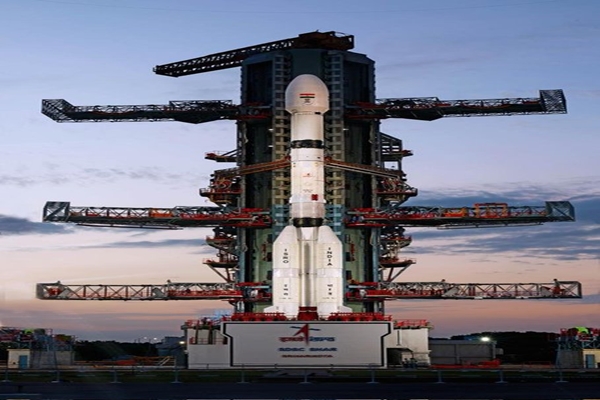


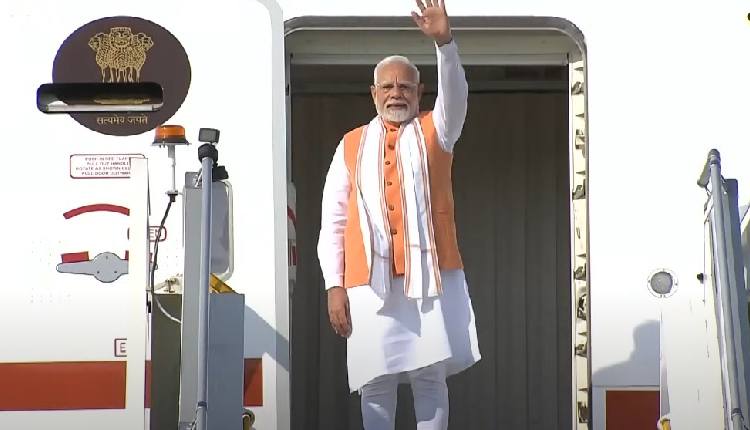


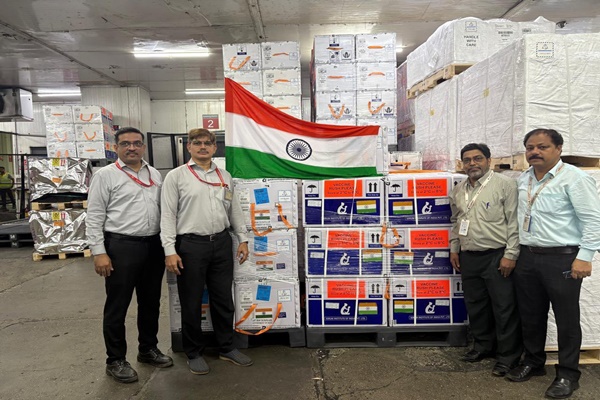

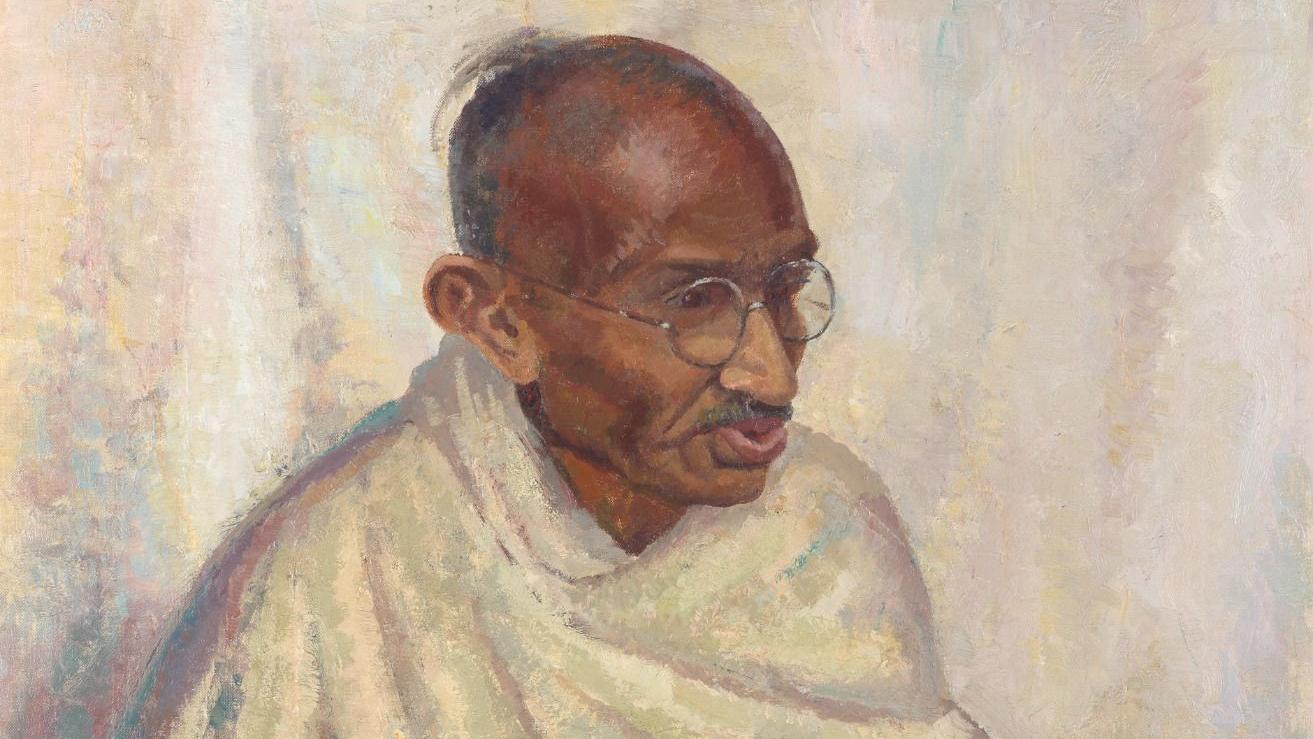






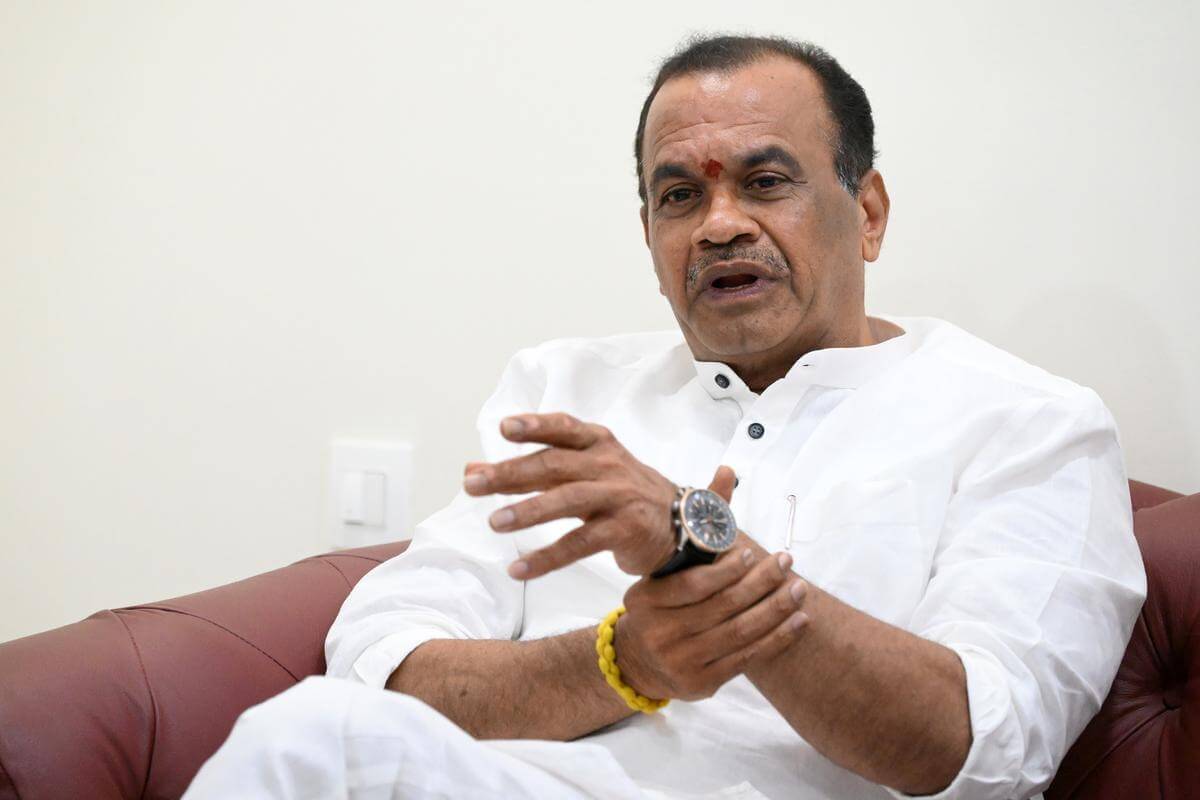



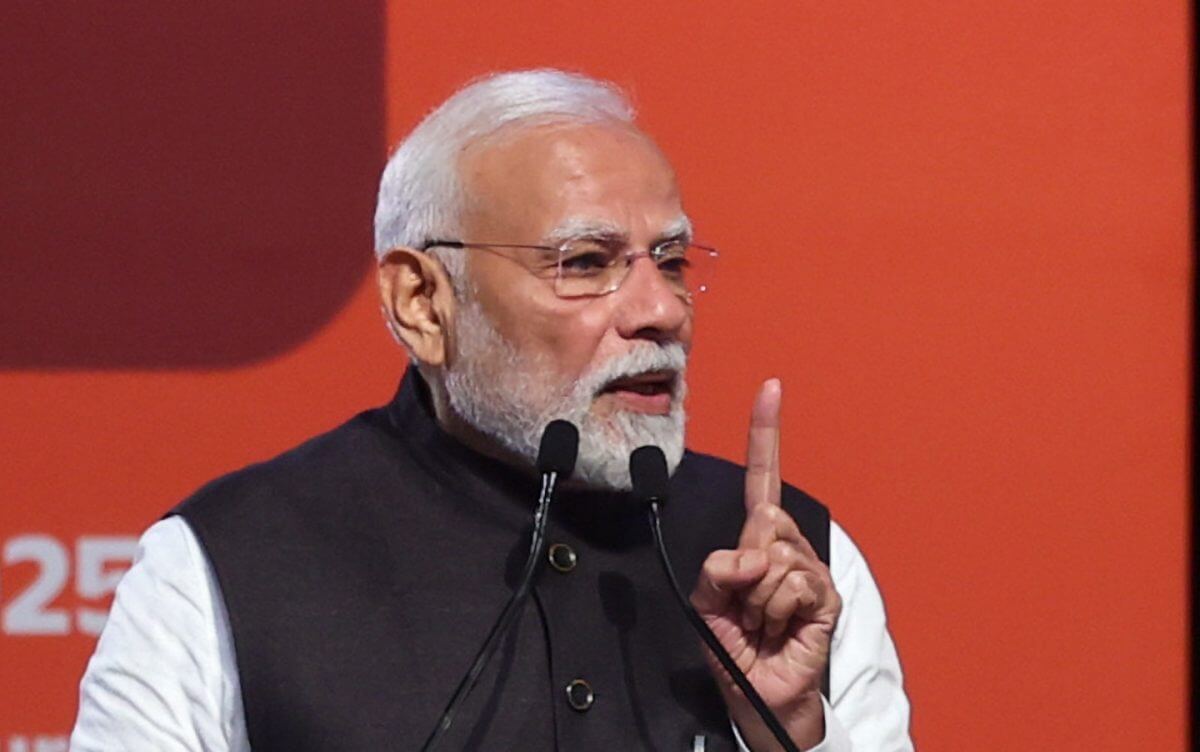
.jpg)
.jpg)
.jpg)
.jpg)












.jpg)
.jpg)
.jpg)


